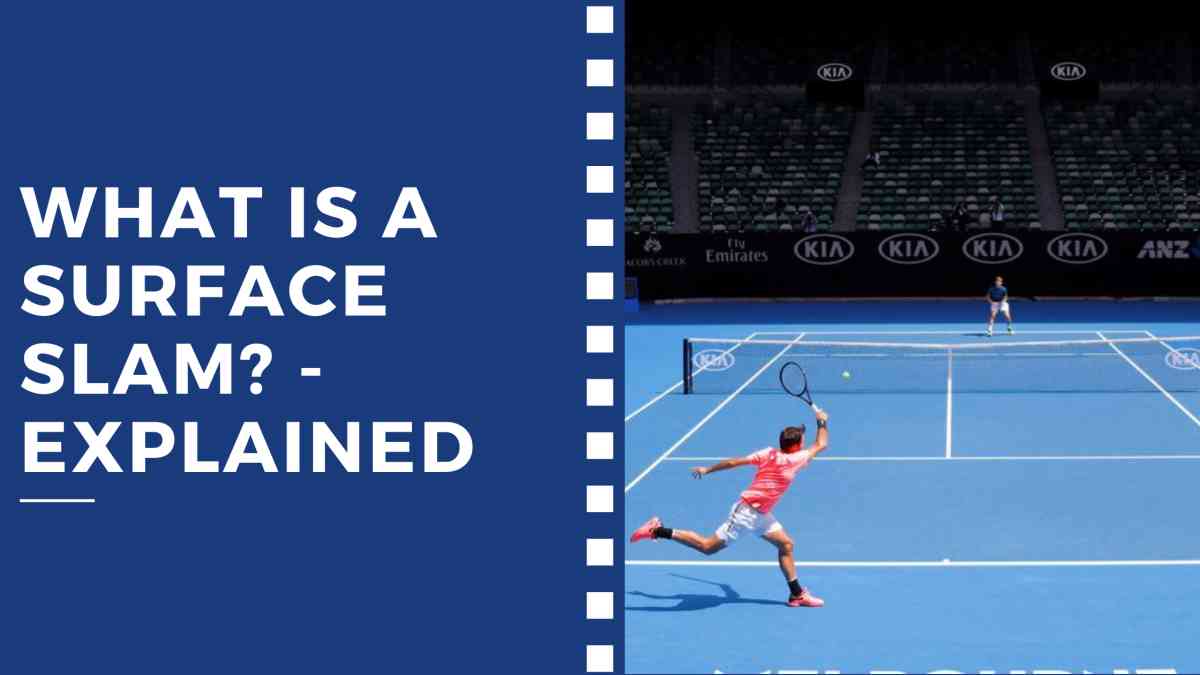A surface slam is a term often used and quoted by the media covering tennis matches across the world. It refers to a player winning majors on three different surfaces in a particular year.
As is known, tennis is played across three distinctive surfaces — hard, clay, and grass courts. The US and Australian Opens are played on hard courts, while the French Open and Wimbledon are played on clay and grass, respectively.
This is quite a big achievement in the world of tennis and one that is looked upon with a lot of respect and admiration. Only five players — Martina Navratilova (1984), Steffi Graf (1993, 1995, 1996), Serena Williams (2002), Rafael Nadal (2010), and Novak Djokovic (2021) — have achieved this feat so far.
Also Read | Roger Federer or Serena Williams — who truly led the revival of tennis?
What are the three different surfaces?
As mentioned earlier, the three different surfaces in tennis are hard court, clay and grass. All three surfaces have characteristics and personalities of their own, and it is essential that players adapt and adjust quickly enough to bring out shots as well as weed out flaws in their game to succeed here.
As might be understood by the reader, each surface accords a different challenge owing to the difference in the makeup of their construction.
While a hard court is an artificial tennis court in which the bounce of the ball is more predictable and along expected lines, clay is a little different as the ball stops on the surface before coming onto the racquet.
Grass can be considered a mixture of both of these surfaces, as the ball has even bounce in it but does not carry through as efficiently as it would on a hard court.
Also Read | Tennis Grand Slam Tournaments – Explained
Why is a Surface Slam winner respected?
It goes without saying that a player who has won the surface slam in a year gets immensely respected by his peers, colleagues, and the general public. This is because adapting quickly to these surfaces is not an easy task, and one has to constantly learn and unlearn.
While playing on hard courts may not require a lot of technical changes as the surface is artificial and the bounce is even and predictable, playing on clay can take a real toll on a player’s mind and physique.
Clay is renowned for being disruptive to the natural carry and bounce of a tennis ball, and only the player who can read the spin and bounce well to adjust their shots can succeed here.
On clay, the ball does not come quickly onto the racquet either; the player has to allow a time lag of at least two seconds. Grass, meanwhile, requires challenges of another order — it is where the ball skids and bounces but does not carry a lot of pace with it.
Hence, it is only natural for the players to require different skill sets to compete on each of these surfaces. Any player who wins the French Open, Wimbledon, and either the Australian Open or US Open in a calendar year is said to have completed a Surface Slam.
Read Next | History of Wimbledon – Why is it synonymous with the History of the Sport?
